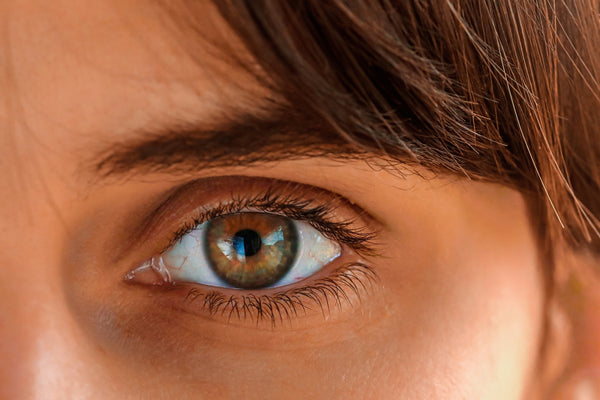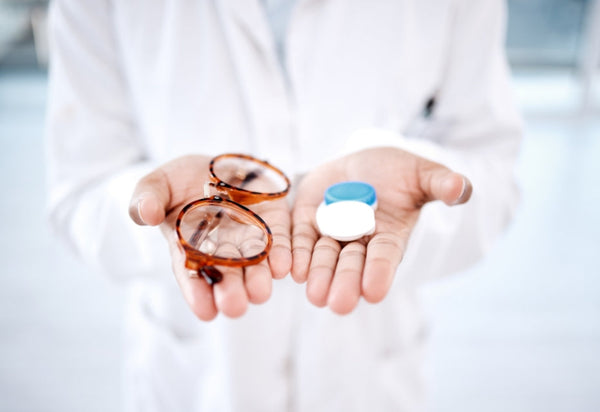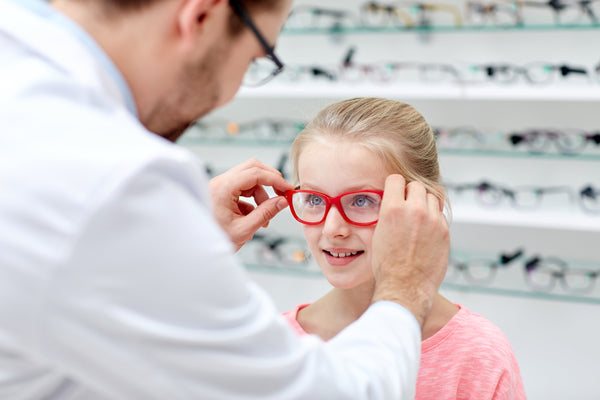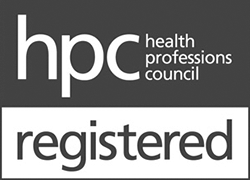
Eye testing will take different lengths of time, depending on age and complexity. In the majority of cases, an eye test will take at least 20 to 30 minutes.
Your vision is precious and getting regular check-ups with your optometrist will help to protect and preserve it by helping to monitor your overall eye health. While a standard eye test can take up to 30 minutes, sometimes more detailed examinations or follow up appointments are required for an optometrist to gain more in-depth insight into your eye health.
How often should you have an eye test?
You should get your eyes tested at least every two years, or more frequently as advised by your optometrist. If you have an eye condition, such as cataracts or macular degeneration, you may be advised to have more regular eye tests. This is so your optometrist can monitor your eye health and vision and support you through any changes which may occur.
You may also need to get your eyes tested more often if you have a family history of glaucoma, or if you start experiencing frequent vision changes as you age.
Children can have their eyes tested at any age, even if they can’t read letters yet, and it’s recommended that they see an optometrist before starting school and learning to read. Many areas of visual development will be completed by the age of eight, so it’s important to try and pick up any vision problems before then.
What happens in an eye test?
Eye exams are easy and painless. They allow the optometrist to examine the outside and inside of your eye, and to determine if you have any vision problems or potential eye health issues.
What to expect:
First, your optometrist will ask if you are having a routine check-up or if you have any specific concerns about your eyes. If you do have concerns, you’ll be asked more questions about your symptoms and how long you’ve had them.
You will be asked to answer some questions about your overall health, such as any medication you’re taking, or whether you have a family history of eye problems. If you already wear glasses or contact lenses, be sure to take them with you.
There are several different tests your optometrist will perform, to check different aspects of your vision and eye health.
-
Vision: The optometrist will use a Snellen chart (eye chart) to test your visual acuity, by asking you to read random letters on the chart that become smaller line by line.
-
Refraction: The optometrist will determine whether you need glasses or contact lenses with a refraction test. This is done by placing a series of lenses in front of your eye as you read the letters on the Snellen chart, to determine which lens makes them easier to see.
-
Pupils: The optometrist will use a penlight to examine your pupils and see how they contract when exposed to light.
-
Eye muscles: The optometrist will ask you to look in different directions, either at a penlight or another small object, to test your eye muscles. In certain cases, they may also check whether you have proper peripheral vision and three-dimensional vision (stereopsis).
-
External exam: The optometrist will use a magnifying device, known as a slit lamp, to examine your eyelids, cornea, conjunctiva, sclera, and iris – the front parts of your eye.
-
Internal exam: You might be given eye drops to dilate your pupils. This helps the optometrist to examine the structures at the back of the eye if the pupils are small – like the retina and optic nerve – using a special torch called an ophthalmoscope, or a highly magnified lens held up alongside the slit lamp.
-
Colour blindness: Optometrists can also test for colour deficiency, using cards with a range of coloured dots in patterns that form numbers.
If you choose to have Leightons’ Ultimate Eye Exam, you will have an Optical Coherence Tomography (OCT) scan before seeing your optometrist. OCT works like an ultrasound for the eye, letting an optometrist see beyond the retina’s surface, providing a cross-section view of the layers of tissue behind the retina. This additional scan makes it easier to detect issues like diabetes, glaucoma and age-related macular degeneration, in some cases as early as up to five years before traditional testing methods. As eye care technology becomes more advanced, optometrists are recommending that more people include OCT as part of their regular eye exams because the earlier potential problems are detected, the easier they are to address.
What can an eye test detect?
Eye tests are about so much more than just assessing how sharp your vision is. A regular check-up will help to pick up early signs of eye disease and keep you informed about the latest products and treatments that can help you with these issues.
A routine eye test can help to detect the following medical issues:
- Cataracts
- Diabetes
- Glaucoma (increased pressure in the eye)
- High blood pressure
- Changes in the central vision
- High cholesterol
The health of your eyes can provide invaluable insight into the health of your body, so regular eye tests are about so much more than simply how well you think you can see.
You can book an eye examination, or an Ultimate Eye Examination, by calling 0800 40 20 20 or you can book online. Alternatively, visit your local branch for more information.








